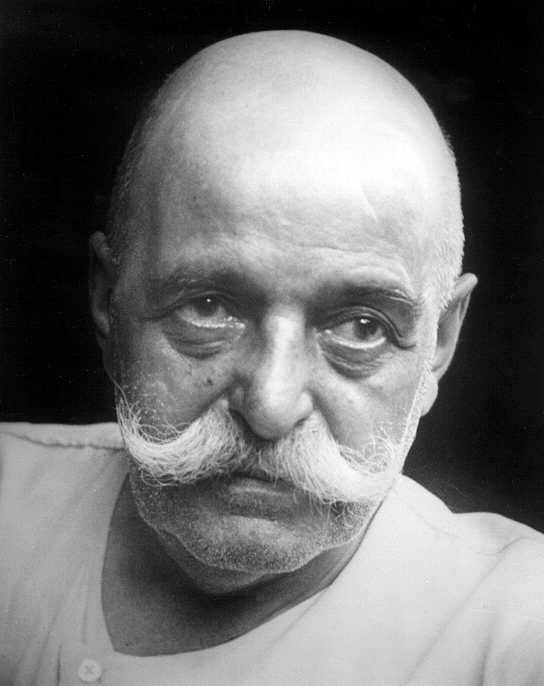The mystic teacher G.I. Gurdjieff wrote of “three-brained beings” and their difficulties. Though his teachings were given during the early part of the 20th Century, the wisdom tradition in which he was steeped – Sufism and Middle Eastern mystic teachings – long taught the nature of consciousness and developed tools to examine and transform it. Accordingly, the idea of three-brained beings is not hare-brained.
Contemporary neuroscientists like Iain McGilchrist, author of “The Master and His Emissary” (2009), have identified differences in the ways the two hemispheres of the brain work. Speaking broadly, the right hemisphere can be characterized as the Mind of Unity, and the left hemisphere as the Mind of Separation. The Mind of Unity eliminates distinctions and seeks relationship, and the Mind of Separation makes distinctions and seeks autonomy; they comprise, paradoxically, an inseparable and elemental role in human experience. These two “brains”, the “connecting” right and “describing” left, operate simultaneously, in concert and in opposition, enlarging and also inhibiting each other. The hemispheres are right and left material manifestations of physical being, but not consciousness-of-self. Consciousness-of-self is the third brain, taught Gurdjieff, and its nature is metaphysical.
The third brain is what differentiates us from all other animals, as far as neuroscientists can tell, and according to Gurdjieff (not to mention others) is the source of all our suffering. Within the third brain of consciousness-of-self we construct a labyrinth of time and space and imaginatively place ourselves within it. This activity would be complicated enough if only one conscious being existed, but we three-brained-beings are now nearly 7-billion strong and our three-brained-being self-aware imaginations are overlapping constantly.
The fear of death, Gurdjieff speculated, was the problem. Having evolved enough to gain consciousness-of-self, the conception of non-self was not far behind. The only way of proceeding was for the third brain to convince the other two brains to forget about death. To do that, the third brain invented a cosmology of existence and by personifying death and elaborating the structure of an afterlife, lulled the two brains into an hypnotic trance. Mircea Eliade documents the global variations of third-brain archetypes of death in his book “Patterns of Comparative Religion” (1958). We’re talking a global phenomenon here, folks.
In “All and Everything” (1930), Gurdjieff weaves a mind-numbing 1,600-page tale about how forgetfulness of death has led three-brained-beings to ignorance and the brink of self-annihilation. Our crystallized defense mechanism of denial, which he dubs the “Organ Kundabuffer” (that which blocks the Kundalini energy of life) has been too effective and the pressure of its suppression results in spontaneous eruptions of violence, both psychic and physical. Three-brained-beings slaughter each other in ritualistic acts of human sacrifice. Episodes of greed and fear of loss replace acceptance and understanding of our true situation. Entertainment and distraction keep our eyes off the ball. We suffer greatly and bring great suffering to others, the planet and its living things.
The mystical traditions are about parting the veil, our defenses against awareness of death that obscure the truth. The Greeks called it “Apokalypsis,” the root of our word “Apocalypse,” because seeing the truth of mind and consciousness-of-self is apocalyptic and requires the evolution of three-brained-beings into four-brained-beings. This is what Gurdjieff taught.








Neuroscience is interesting mental activity and is working within a dissection paradigm of splitting the brain into parts. Like western psychology splitting our self into ego id and superego… One of my Buddhist teachers use to laugh at this dissection model because even if you split the brain into sections the whole unit still has to work as a whole called consciousness. Buddhist psychology is less interested in splitting the brain into parts and more interested in the moment by moment complexity and evolution of the actual activity of consciousness….. It is a totally different model….. but this dissection model is fun to look at but I would suggest it is the finger pointing at the moon….not the moon itself….